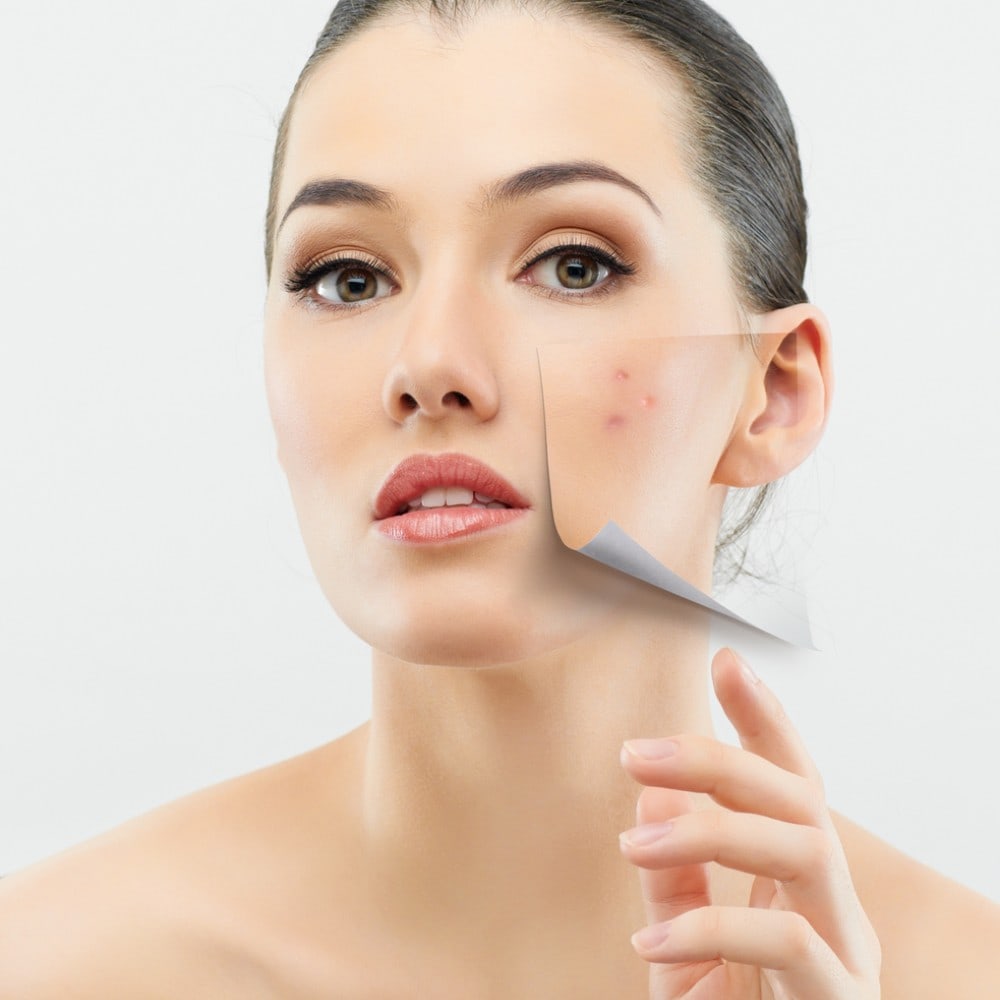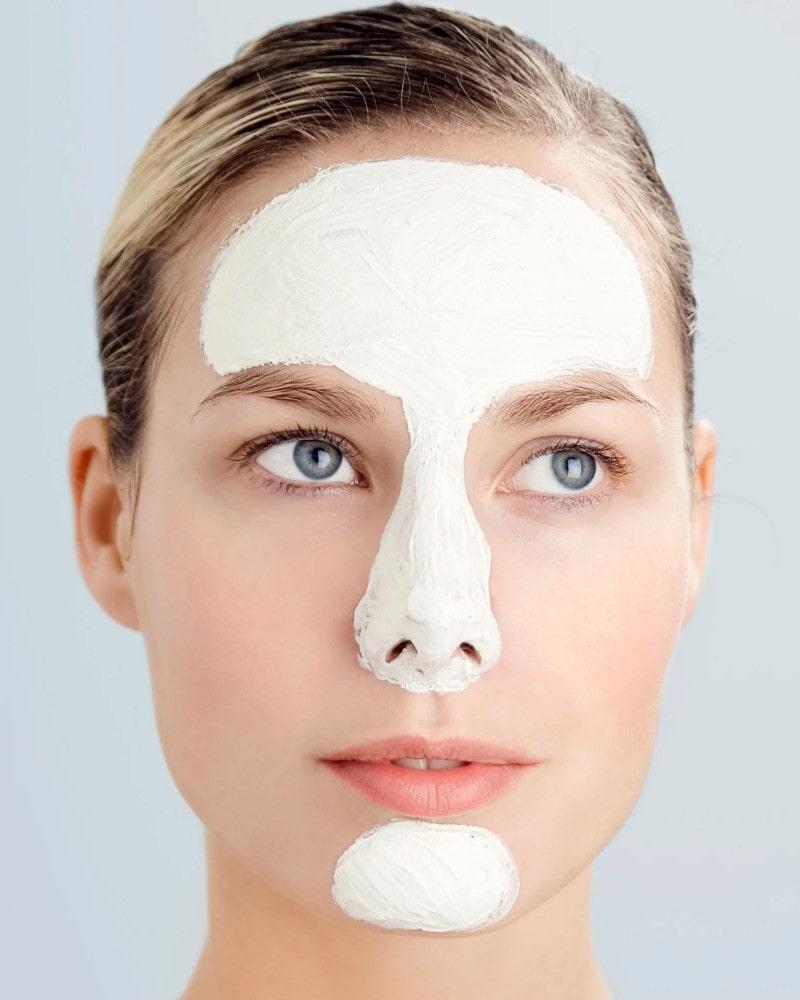
If you’ve ever had a pet, you know how much they can affect your life. You might even find that your life is better because of it. But despite this and some of their seemingly superior characteristics, dogs and cats are quite different animals. There has been a very long debate about the better pet, between cats and dogs. There might not be a correct answer as to which pet is better, but it turns out we can determine which owner is. Studies have shown that cat owners are actually more intelligent in comparison to dog owners. In fact, researches proved that feline owners are more creative, rebellious, and are more independent.
Dog Lovers Are No Less
However, this doesn’t mean that dog lovers are less than their cat counterparts. A study was done by three psychologists from Carroll University, Marquette University, and the University of Florida in 2017. They brought together 418 students from their universities and separated them into two categories: dog lovers and cat lovers. Out of 418 undergrad students, 352 claimed to be a dog parent/lover and the remaining liked cats better as a pet. All of them were asked to take a questionnaire. The results were not what they expected.
Findings of the Study

While cat lovers scored much better in general intelligence, abstract thought, self-reliance, reasoning, and open-mindedness, dog admirers were found to be more extroverted people with warm personalities. There was no difference found between the two categories when it came down to neuroticism and anxiety. The experiment was set in a way that suggested that people who score higher on the questionnaire liveliness and consciousness section are more likely to prefer dogs, and the ones who score well on emotional sensitivity and reasoning like cats more. The psychological profiles of cat lovers and creative people are strikingly similar, indicating that those individuals may favor cats as pets.
What the Location of a Pimple Reveals About Its Cause and How to Fight It

There is a type of pimple that breaks out repeatedly, following a pattern in the same place on the face. Though these kinds of blemishes are not easy to cure, they are diagnosable at the core. This type of pimple usually accommodates some specific lifestyle habits, so you can easily start taking preventive measures once the culprit is identified. The location of your pimple can often tell the origin story of it. Here are a few primary places where you can experience facial acne and the ways to fight them.
T-Zone (Nose + Forehead)

T-Zone is the most naturally oily area of your face, making it a common spot for blackheads and pimples, especially for teens. A greater number of sebaceous glands make the area more oily, and more oil results in more clogged pores, with more chance of repetitive pimple breakouts. But, according to the experts, the main culprit here is hormonal shifts. On the other hand, forehead breakouts are mainly caused by using greasy or thick hair products.
Fighting T-Zone Pimple
Regular use of a gentle cleanser followed by a skin-balancing toner is the key to fighting T-Zone acnes. If needed, you can also use blotting paper to pat dry and soak up excess oil from the area. Using a chemical exfoliant up to three times a week can balance the skin, by reducing breakouts and minimizing old acne scars and current pimples alike. Also, swapping out oil-based hair stylers and cleansing your face after shampooing are necessary measures to follow.
Cheeks

Breakouts on your cheeks can likely be traced back to bacterial build-ups, which can take place on phones, pillowcases, face masks, and even your own hands. Bacteria is that invisible enemy in our mundane lifestyle, which poses various threats within a few days. For men, poor razor hygiene is another prominent cause of pimple breakout on the cheeks.
Fighting Pimple on Cheeks
Maintaining a hygienic routine is a must to fight breakouts on the cheeks. Don’t forget to wash your bed linens and pillowcases at regular intervals, use clean face masks, wipe down your phone, and of course, keep your hands clean by thoroughly washing at least twice a day. It’s also highly important for men to swap out used shaving razors after 2-3 weeks or 5-8 shaves, whichever comes first. You can also stay on top of regular razor hygiene by simply subscribing to a useful blade replenishment program.